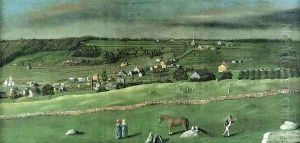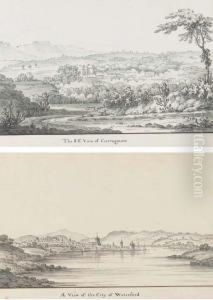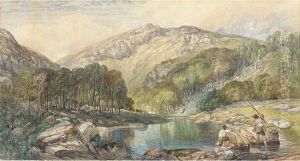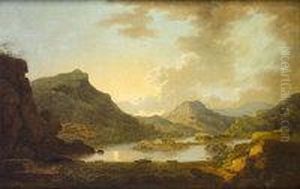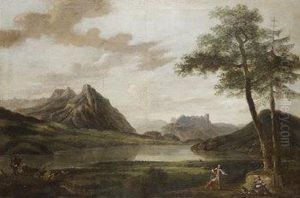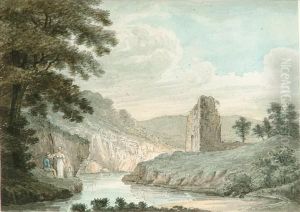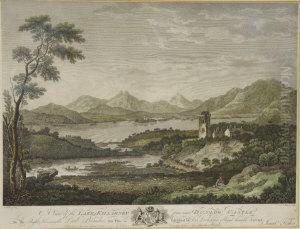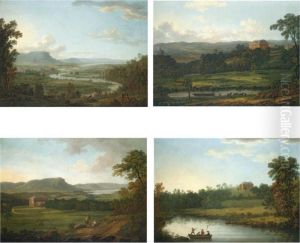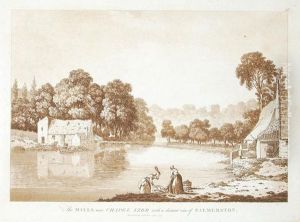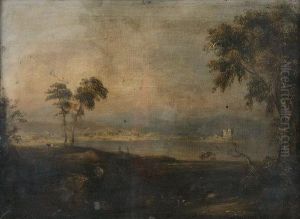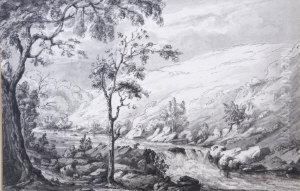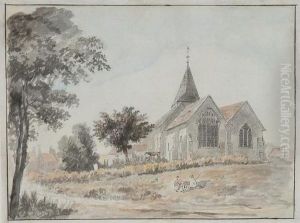Jonathan Fisher Paintings
Jonathan Fisher was a multifaceted figure in American history, known not only for his contributions as an artist but also for his roles as a pastor, writer, and inventor. Born on October 7, 1768, in Braintree, Massachusetts, Fisher was a man of diverse talents and interests. He graduated from Harvard College in 1792, showcasing early on his intellectual capabilities and dedication to learning.
After completing his education, Fisher decided to dedicate his life to the church and became ordained as a Congregational minister in 1796. He was then appointed to serve in the small frontier town of Blue Hill, Maine, where he would remain for the rest of his life. In Blue Hill, Fisher not only fulfilled his pastoral duties but also immersed himself in the study of nature, mathematics, and the arts. He was deeply interested in the natural world and often incorporated his observations into his sermons and writings.
As an artist, Fisher is perhaps best remembered for his woodcuts and paintings, which depict both religious themes and scenes from everyday life in early 19th-century Maine. His artwork provides valuable insights into the social and cultural aspects of the period. Fisher was also an avid writer, keeping detailed journals and publishing a variety of works, including a notable scriptural geography book in 1834 that combined his love for the Bible with his interest in geography.
In addition to his artistic and clerical pursuits, Fisher was also an inventor. He designed and built several devices to aid in his work, including a machine for making nails and another for splitting shingles. His inventive spirit was a testament to his broad curiosity and ability to apply his knowledge in practical ways.
Jonathan Fisher's legacy is that of a Renaissance man of the early American frontier. His contributions across various fields reflect a life lived with a passion for learning, teaching, and creating. Fisher passed away on September 22, 1847, in Blue Hill, leaving behind a rich legacy that continues to be studied and admired by historians, art enthusiasts, and those interested in early American life.
